Historical development
Switzerland only became a tourist destination a century and a half ago, thanks largely to naturalists, the Romantics and outdoor enthusiasts.
Editorial note: this content was current as of June 2016 and is no longer being updated.
In earlier times, the only visitors to cross the country were pilgrims going to Italy or Spain, traders with their teams of pack horses and some pioneering naturalists who wanted to explore the Alps and their flora and fauna.
Today there are more than 4,500 hotels in the country offering upwards of 248,000 beds. Overnight stays number about 36 million.
The Swiss are avid travellers in their own country: In 2015 domestic guests accounted for almost 45% of the total overnight stays.
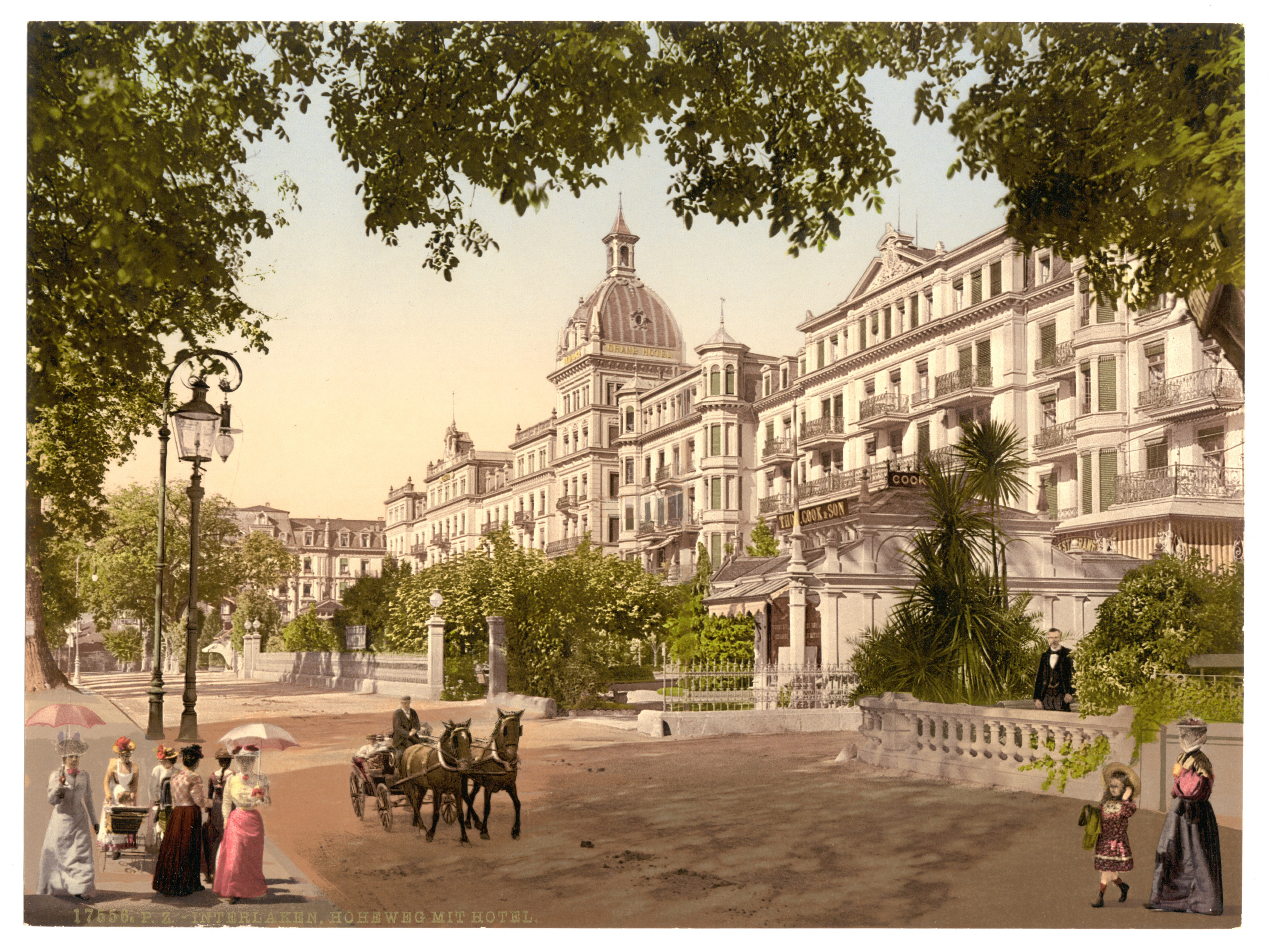
More
Following the first group tour to Switzerland
The Grand Tour
In the 18th century, it was fashionable for young English gentlemen to complete their education by making a journey across continental Europe to see the historic cities and landscapes. This journey was known as the Grand TourExternal link.
One of the most famous of these 18th century “tourists” was James Boswell, later the biographer of Samuel Johnson. Switzerland was a part of the Grand Tour on the way to Italy and back.
In the 19th century, Romantic poets and writers such as Lord Byron, Percy Shelley and his wife Mary spent time in the Lake Geneva region and the Alps as part of their travels across Europe and transformed what they saw into glorious poetry. It was here that Mary Shelley also found inspiration for her famous novel Frankenstein.
The conquest of the Alps
By the 18th century Swiss explorers such as Horace-Benedict de Saussure were climbing the high Alps.
The summits of the Jungfrau and the Finsteraarhorn were first reached in 1811 and 1812, respectively; the first ascent and tragic descent of the Matterhorn took place in 1865.
From the mid-19th century on, the Alps were conquered peak by peak mainly by British visitors, who founded the Swiss Alpine ClubExternal link (SAC/CAS). This organisation is still in operation today and maintains a network of mountain chalets.
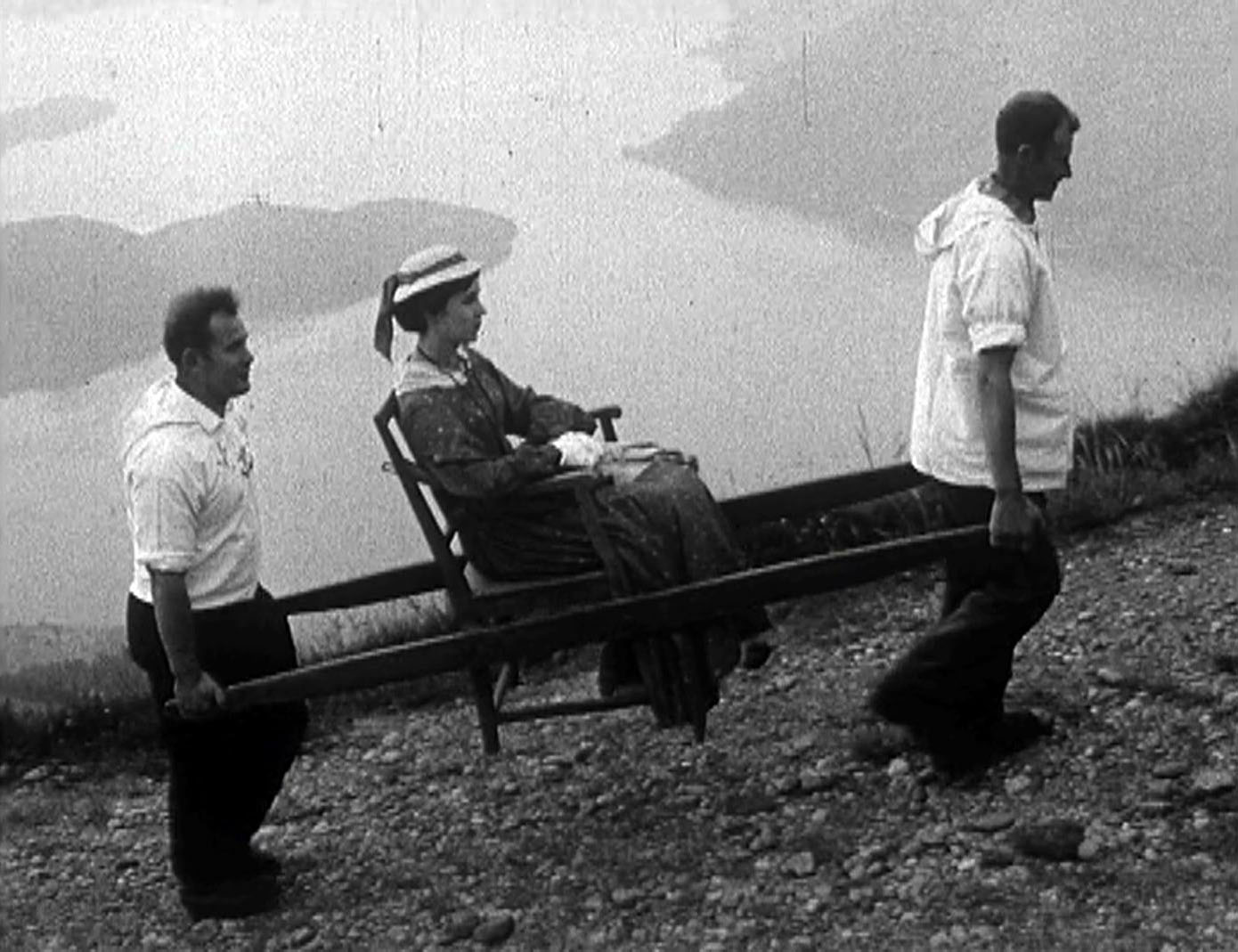
More
A Victorian party visits Switzerland in 1963
Advent of mass tourism
Swiss tourism really began in 1858 when the British entrepreneur Thomas Cook organised the first package holiday through Europe.
One early holidaymaker in Switzerland was Sir Arthur Conan Doyle, who saw the Reichenbach Falls near Meiringen and was inspired to set the demise of his hero Sherlock Holmes there in the story The Final Problem.
Roads were now being built across the mountain passes and transport, especially railways, opened up the Alps to tourism. The invention of the cog railway meant that trains would be able to climb even the steepest inclines and this was exploited by Swiss railway builders.
The later 19th century saw the advent not only of railways but also of hotels, which sprung up to cater to the needs of tourists.
This same period saw the development of poster art to advertise tourist destinations in Switzerland and of that staple of tourism – the picture postcard.

In compliance with the JTI standards
More: SWI swissinfo.ch certified by the Journalism Trust Initiative

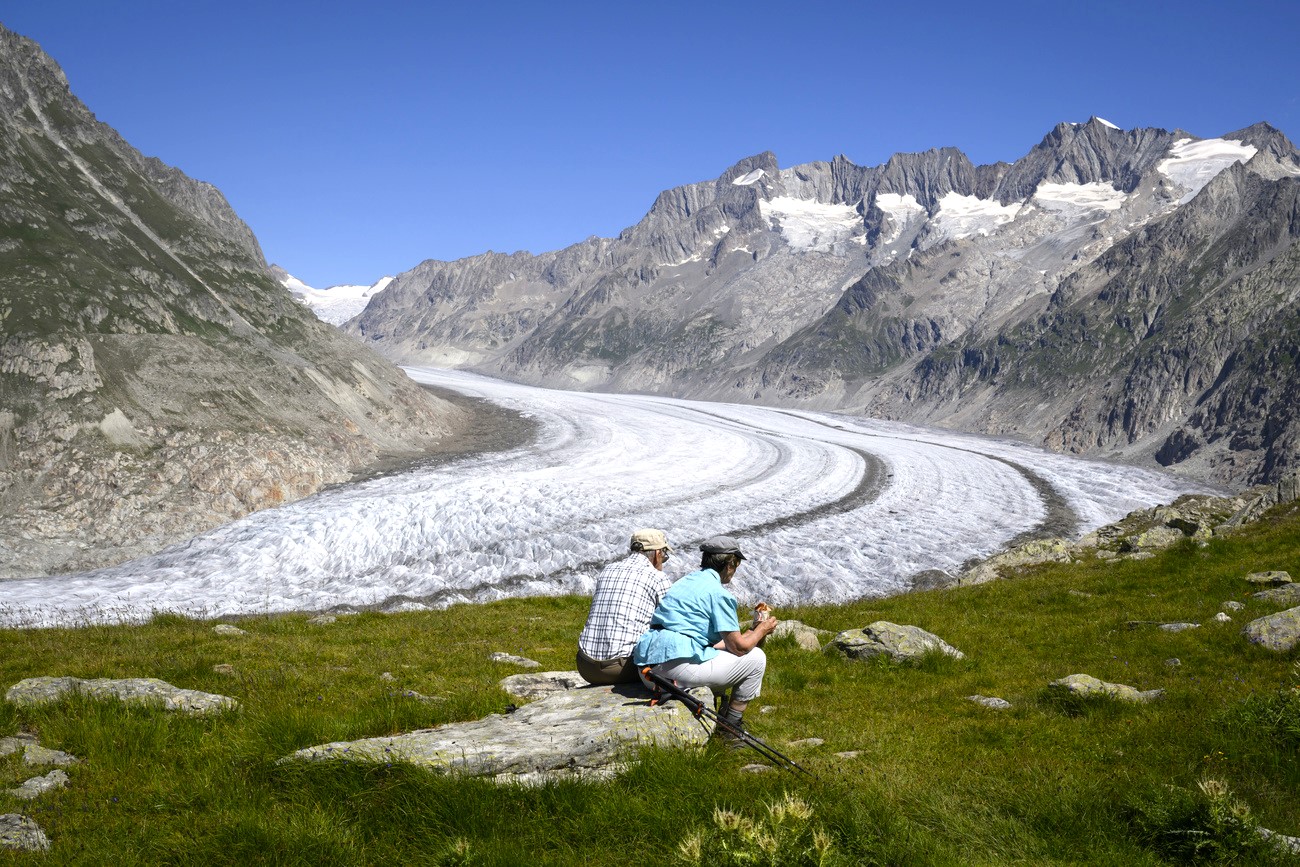
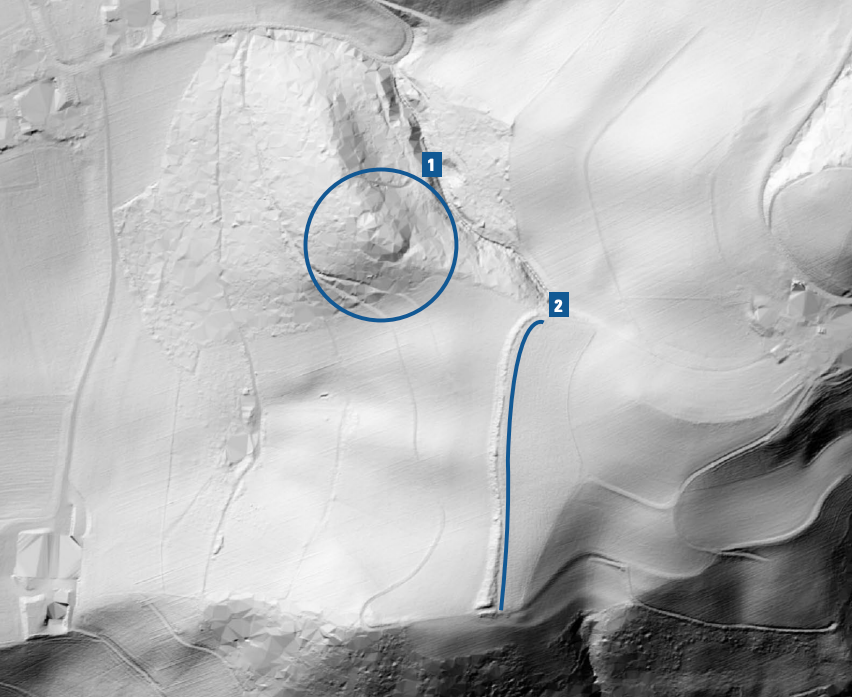





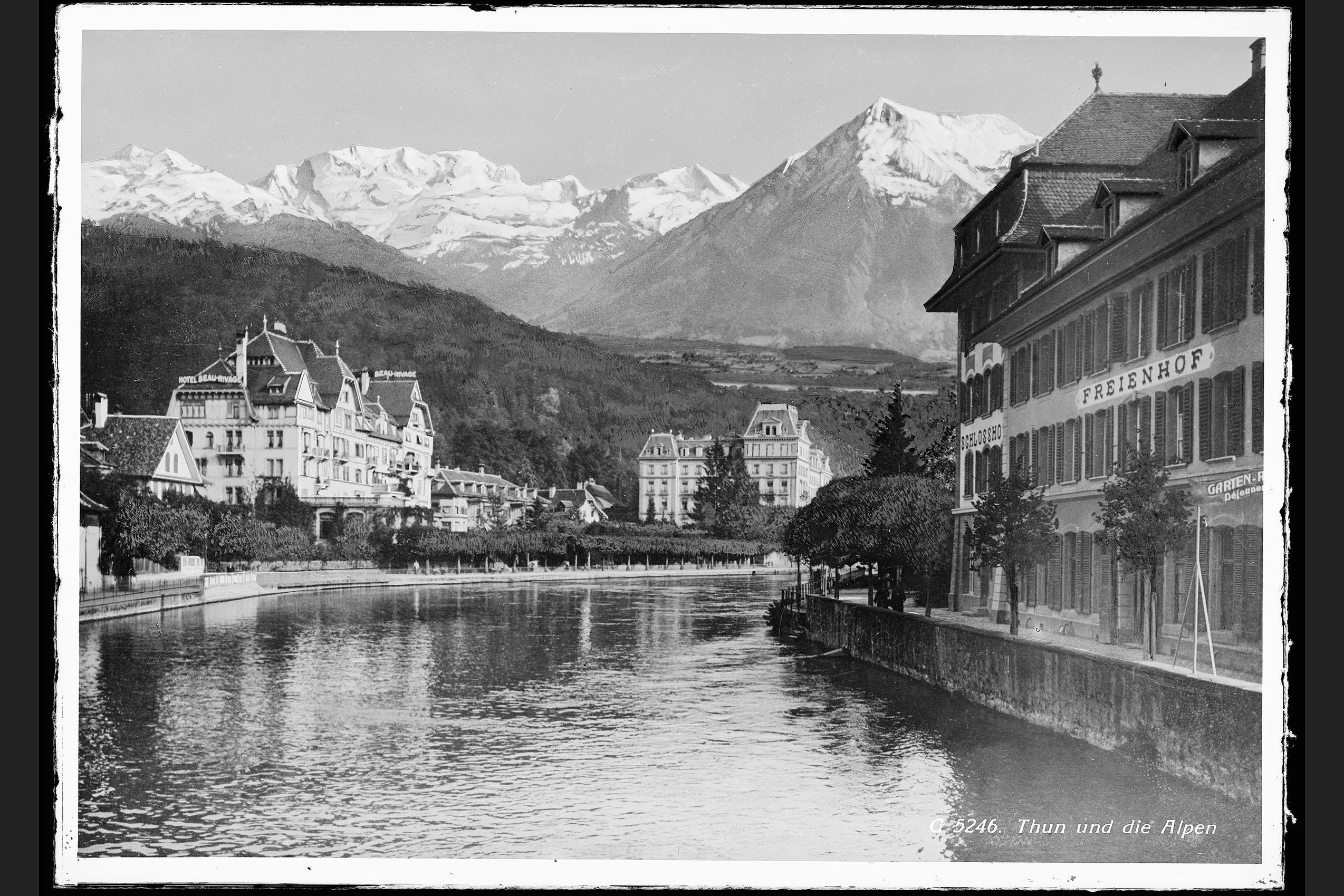

You can find an overview of ongoing debates with our journalists here . Please join us!
If you want to start a conversation about a topic raised in this article or want to report factual errors, email us at english@swissinfo.ch.